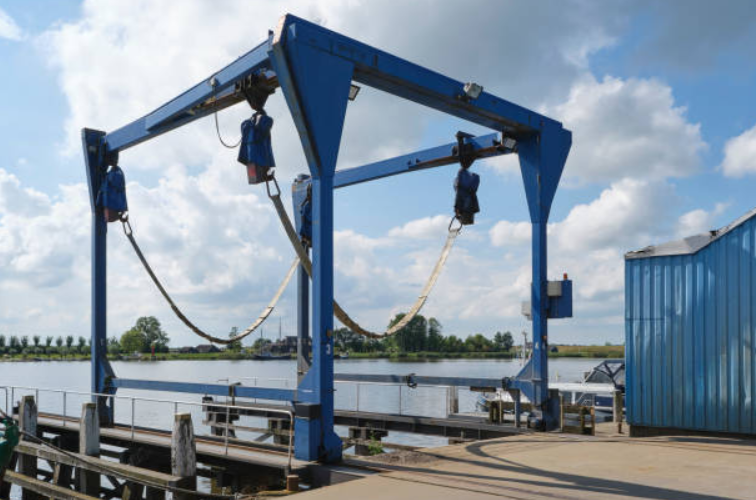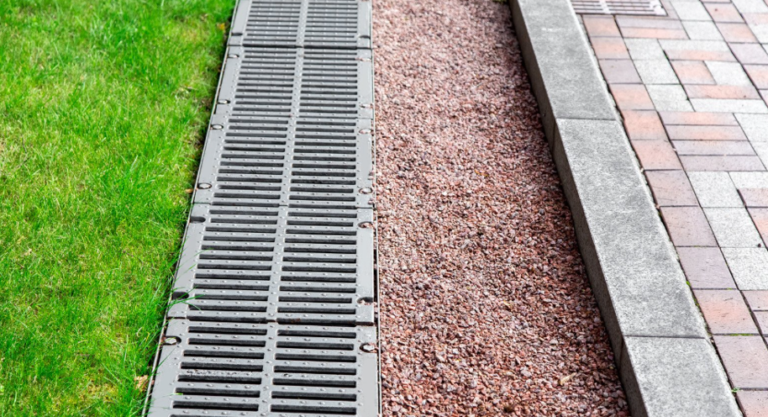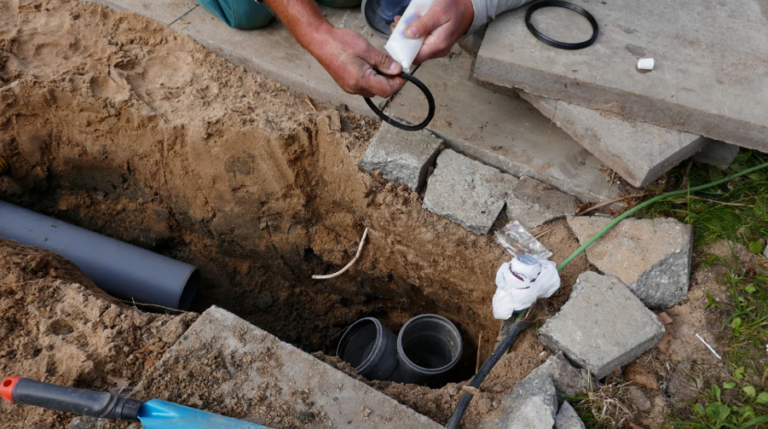The Benefits of Concrete Seawall Construction for Waterfront Properties
Waterfront properties are prized for their beauty, access to water activities, and high market value. However, they also face unique challenges—chief among them, the constant threat of shoreline erosion, flooding, and structural damage from waves and tides. One of the most effective ways to protect these properties is through concrete seawall construction.
A concrete seawall acts as a sturdy barrier between the property and the water, preventing erosion, reducing damage from storms, and preserving the shoreline for years to come. In this article, we’ll explore the many benefits of building a concrete seawall and why it’s a smart investment for waterfront property owners.
Understanding the Role of a Seawall
A seawall is a specially designed structure built along the shoreline to protect land and property from the forces of moving water. While seawalls can be made from various materials—such as wood, vinyl, or stone—reinforced concrete is widely recognized as one of the most durable and reliable options.
Concrete seawalls provide both functional protection and aesthetic value. They’re engineered to absorb and deflect wave energy, preventing erosion and safeguarding the land behind them. This makes them essential for residential, commercial, and municipal waterfront developments.
See also: The Role of Tech in E-commerce Evolution
1. Superior Strength and Durability
One of the main reasons property owners choose concrete seawalls is their exceptional strength.
- Long Lifespan: When properly built and maintained, a reinforced concrete seawall can last 30–50 years or more.
- Resistant to Harsh Conditions: Concrete holds up well in both fresh and saltwater environments, withstanding constant wave impact, tidal changes, and severe weather.
- Reinforcement Options: Steel rebar within the concrete further enhances structural integrity, ensuring the wall can handle high water pressure and heavy loads.
Compared to wood, which can rot, or vinyl, which can warp, concrete remains structurally sound for decades.
2. Effective Erosion Control
Shoreline erosion is one of the biggest threats to waterfront properties. Without proper protection, the land can recede, reducing property size and destabilizing structures near the water.
- Wave Energy Deflection: A well-designed concrete seawall absorbs and reflects wave energy away from the shore.
- Soil Stabilization: By holding soil in place, the seawall prevents the gradual loss of land.
- Property Value Preservation: Preventing erosion helps maintain the usable land area, which is crucial for property resale value.
Over time, erosion can lead to costly repairs, so investing in a seawall can save significant expenses in the future.
3. Flood Protection
In addition to erosion, waterfront properties are vulnerable to flooding, especially during storms, hurricanes, or unusually high tides.
- Barrier Against Water Intrusion: A concrete seawall acts as a physical barrier that helps prevent water from flowing onto the property.
- Storm Surge Defense: In extreme weather, the seawall can reduce the impact of storm surges, protecting buildings, landscaping, and infrastructure.
- Reduced Cleanup Costs: By keeping floodwaters out, a seawall minimizes the mess and damage after storms.
For properties in flood-prone areas, a concrete seawall can be a crucial part of a comprehensive flood prevention plan.
4. Low Maintenance Requirements
While no structure is completely maintenance-free, concrete seawalls require less upkeep than other materials.
- Minimal Repairs: Unlike wood, which may require frequent replacement of boards or supports, concrete is less prone to damage.
- Resistance to Marine Organisms: Concrete does not provide a food source for marine life like barnacles or shipworms, which can damage wooden seawalls.
- Long-Term Cost Savings: Lower maintenance means fewer expenses over the life of the seawall.
Periodic inspections and minor repairs, such as sealing small cracks, are generally all that’s needed to keep a concrete seawall in good condition.
5. Customizable Design Options
Concrete seawalls are highly versatile and can be tailored to suit the property’s needs and aesthetic preferences.
- Height and Thickness Variations: Depending on wave action and water depth, the seawall can be built to the necessary specifications.
- Aesthetic Finishes: The surface can be textured, stained, or patterned to complement the surrounding landscape.
- Integrated Features: Stairs, boat ramps, or seating areas can be incorporated into the design.
This flexibility ensures that the seawall not only performs well but also enhances the property’s visual appeal.
6. Increased Property Value
For buyers, a waterfront property with a strong, well-maintained seawall is far more attractive than one without shoreline protection.
- Perceived Security: A seawall signals to potential buyers that the property is protected from erosion and flooding.
- Usable Land Preservation: Maintaining the original property boundaries adds tangible value.
- Long-Term Appeal: A durable seawall can be a major selling point during real estate transactions.
In many cases, the return on investment from building a concrete seawall can be realized when the property is sold.
7. Environmentally Responsible Option
When designed correctly, a concrete seawall can help manage the environmental impact on the surrounding area.
- Prevents Sediment Runoff: By holding soil in place, the seawall reduces sediment pollution in nearby waters.
- Supports Habitat Stability: Protecting the shoreline can help preserve habitats for fish, birds, and other wildlife.
- Sustainable Materials: Concrete can be produced with recycled aggregates, reducing its environmental footprint.
Some modern seawall designs also integrate features that allow marine life to thrive, such as textured surfaces or openings for water flow.
8. Long-Term Cost Efficiency
While the upfront cost of a concrete seawall can be higher than other materials, its longevity and low maintenance make it a cost-effective choice.
- Reduced Repair Frequency: Fewer repairs mean lower overall maintenance costs.
- Avoided Damage Costs: Preventing erosion and flooding saves money on property repairs.
- Value Retention: A seawall helps maintain the property’s value over decades.
When factoring in the avoided expenses and potential resale benefits, concrete often proves to be the most economical option in the long term.
Professional Installation Matters
The benefits of a concrete seawall can only be fully realized if it’s designed and installed correctly. Hiring a professional marine construction company ensures:
- Accurate Engineering: The seawall is built to handle specific water and soil conditions.
- Regulatory Compliance: All permits and environmental regulations are followed.
- Proper Materials and Techniques: Ensures maximum strength, stability, and durability.
Cutting corners during construction can lead to early failure and costly repairs, so professional expertise is a worthwhile investment.
Routine Inspection and Care
Although concrete seawalls require minimal upkeep, periodic inspections are essential for longevity.
- Check for Cracks: Small cracks should be sealed before they expand.
- Inspect Joints: Ensure expansion joints are intact to accommodate temperature changes.
- Look for Settlement: Monitor for any sinking or tilting, which could indicate foundation issues.
With basic care, your seawall can continue protecting your property for decades.
Final Thoughts
Concrete seawall construction offers unmatched protection, durability, and long-term value for waterfront properties. By preventing erosion, reducing flood risk, and requiring minimal maintenance, a concrete seawall not only safeguards your land and structures but also enhances property value and aesthetic appeal.
For property owners who want lasting peace of mind, a professionally built concrete seawall is more than just a protective barrier—it’s a long-term investment in the beauty, safety, and value of their waterfront property.



